I recently attended a workshop as part of a research project which is examining plant-based protein options for human diets. This may seem strange in an Irish context but this workshop asked about the potential for a milling industry in Ireland.
It was organised by the Protein-i research group, led by Prof Lorraine Brennan from UCD, which is examining the options for viable and sustainable protein supply chains.
The workshop comprised farmers, health and agronomy researchers, farm advisers, millers and bakers. The purpose of the workshop was perhaps best summed up by one of the final topics discussed – is it right that Ireland has virtually zero self-sufficiency in baking materials and flours in the modern era?
The answer to that question appeared to be a unanimous “no”. However, nobody suggested that this should be 100% self-sufficiency either and the meeting could not say whether this should be 5%, 20%, 50% or any other percentage because we do not know what demands, if any, bakers have for possible Irish flour sources.
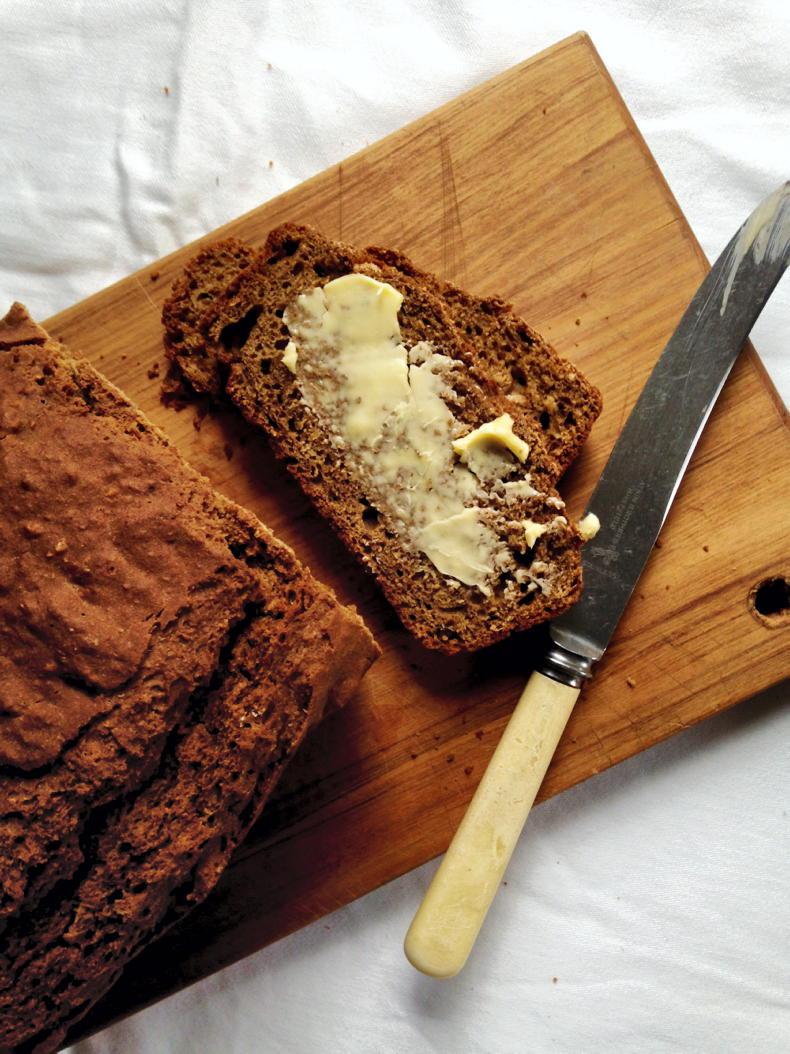
We should begin by looking at the products that we can make from Irish-grown grain on a consistent and annual basis.
But we do know that flour is a very heterogeneous product with as many specifications as there are bakery products.
Discussing the variables around this question set the tone for the workshop.
In years gone by
The island of Ireland always had a flour milling industry based on stone grinding using water and wind as power sources. We grew tens of thousands of tonnes of wheat for milling in the past, even when modern electrically powered mills did most of the work.
The supply chain was often fractious as millers added specifications when baking processes became more sophisticated and these drove rejections.
Rejections and a lack of an adequate premium forced growers to follow the money through high yields of winter wheat for feeding.
Sometime around the late 1980s, the various mills were taken over by multinational companies and the owners quickly took a view that it was cheaper to mill wheat in big mills in countries like the UK and to send the flour directly to Ireland.
So the milling industry virtually died, except for a token contribution to retail flour and some artisan production.
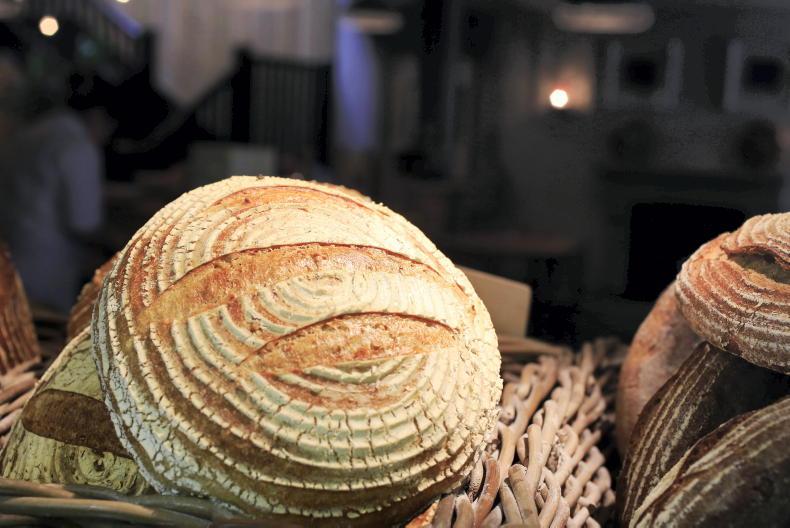
Irish-grown grains can be used to produce a range of bakery products.
The milling market was gone but the system worked for the supply chain until Britain left the EU.
Brexit brought new challenges and the realisation of our vulnerability was exposed in the early months of the COVID-19 lockdown.
The vulnerability remains, but very few wanted to address the issue.
Reason for a milling workshop
So this opportunity was very welcome. It did not present an agenda to restore a milling industry but rather an opportunity to ask the opinions of players along the supply chain as to what, if anything, they saw as an opportunity for Irish grains and flours. This led to a very active discussion.
Ireland currently imports over 200,000t of flour for a broad range of bakery products and niches. But the simple question was, does the industry want Irish flour if it became available?
Also, what specs would be required, what quantity would be needed and could we produce it?
We must acknowledge our geographical limitations when it comes to producing wheat to make high-quality baking flours. While we have not looked at these for years, our capacity to produce quantity will most likely supersede our ability to produce quality.
While not all flours need high-quality wheat, we will most likely have difficulty producing high-quality milling flour for the main bread producers. So the bigger question must be – what can we make and bake with the wheat types that we can successfully grow today or with alternative varieties that might better suit some of these niches?
Given the growing problem with obesity in this country and the fact that we mainly ate soda bread and brown bread historically, would a move to higher fibre brown or wholemeal breads represent better and healthier options for our future? Indeed, should we be targeting nutritionally superior bakery products or breads with greater health benefits through the addition of barley or oat flour with wheat?
One of the biggest things that a new milling industry requires is greater trust between producers and millers. This workshop provided a far better understanding of the difficulties and challenges faced by both sectors.
A willingness to make the most of what we have would change this perspective if consumers were encouraged to go on the same journey.
Growers want new markets away from commodity feed prices and they are willing to explore new opportunities. Wheat is obviously the most important crop but there was considerable interest in barley, oats and peas for the baking market.
Flour for bread-making will remain a challenge for protein content and quality reasons. However, this could change if we were to see a move to nutritionally enhanced products or a move back to brown bread. This might also help tackle the growing problem with obesity.
If a new industry is to move towards niche markets it would need to have far greater segregation capability at intake, grower or merchant level. This would be especially important if a big mill is erected but perhaps of lesser importance where niche products involve one-to-one relationships between a grower and a processor. Any move towards a new industry would need to be well thought out in advance.
Any new industry would have to tick the sustainability box – grown, processed and consumed locally.
The bakers present emphasised the importance of gluten for the properties of flours. Many distinct types of flour are needed to make various products. A flour to make a spongey sliced pan would not make a good biscuit or pasta base which needs to stay flat. So, individual varieties are needed to suit specific end uses.
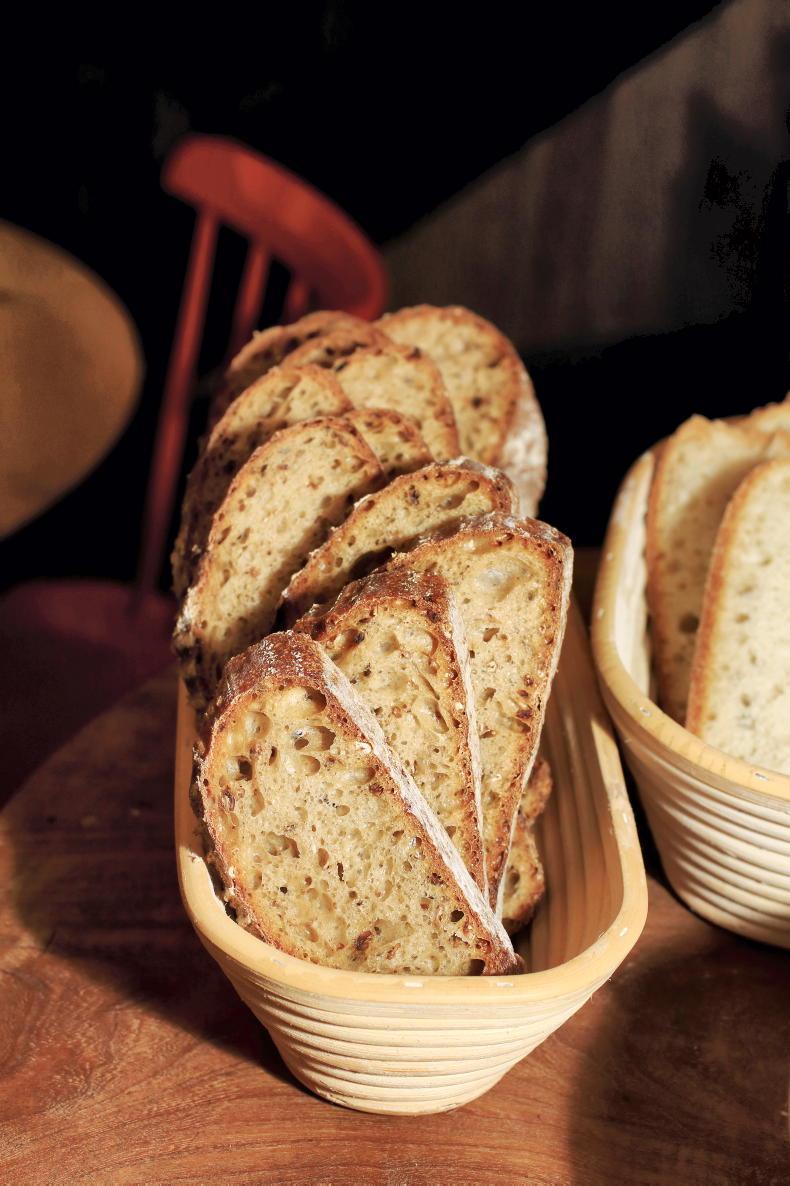
Brown breads may best suit the quality limitations of the Irish crop.
The producers’ perspective
There are many questions that need to be answered regarding varieties, niche markets, nitrogen use constraints and protein content. There must also be concern regarding the ability of growers to produce and deliver the desired spec requirements year after year.
Sprouting remains a serious concern, as does our ability to dry wet crops without damaging the gluten.
If we could find specific varieties for specific niches, can we put a reward system in place that may need to compensate for potentially lower yield?
Any move back to milling will require further investment in infrastructure, especially for segregation. The quality of grain stores is also important because this is a food crop.
Grain will need to be segregated according to its specification – this means storage facilities. This also requires rapid testing facilities to guide the segregation process. Put simply, new milling capacity would require facilities that are much more akin to the malting industry than to our historic milling industry.
Variety could be very specific in terms of delivering the required specs year after year. It takes time to assess the exact value of a new variety and by then it could be superseded by a higher yielding one. A quality market cannot afford a high level of variety turnover so some form of premium will be needed to keep an older variety in production.
Partnerships
The concept of partnerships between growers and millers offers a potential way around this challenge. When two parties depend on each other, a high level of trust and understanding is inevitable. Each one depends on the other to help secure value from the supply chain.
Science can help but trust is still needed in terms of variety purity, care at drying and protection against lower yields. Traceability is potentially useful for growers and processors, especially if products are being promoted as “Irish”.
Limitations on nitrogen use were also discussed as a potential constraint to our ability to produce high grain protein.
However, the sustainability element of the project sees this as an essential constraint, but it also sees the increased usage of organic manures as helping to offset some of the challenges.
High soil fertility through organics will give higher grain protein levels relative to artificial nitrogen. If this can be achieved, it would add considerably to the sustainability story and possibly act as a unique selling point for Irish-produced flours and bakery goods.
From a producer’s perspective, it is important to remain conscious of the challenges involved in producing milling specifications.
Protein is just one requirement.
Modern varieties generally perform well in terms of specific weight and this should help flour extraction rates. But problem diseases such as ear blight can seriously damage specific weight, as well as possibly exceeding allowed mycotoxin levels.
A discussion on policy drivers asked if there are national or EU strategies which could be used to support the reintroduction of a milling industry. In saying this, we must be mindful that there are two mills in Northern Ireland which produce flour for the baking industry in the south.
There is also a mill in Portarlington which produces retail flours. This actively sought Irish wheat in the past but it has eased off in recent decades.
There are no regional strategies to support either tillage or the milling sector. Many other countries support their tillage sector with help from a range of supports from marketing right through to market development.
The fact that the sector is small today is more to do with general policy evolution than a lack of competitiveness, although imports do pressure native production.
Protein-i supports sustainable healthy nutrition across the island, involving UCD, Teagasc, UCC, University of Galway, Queen’s University and Ulster University.
The project is ultimately about food systems and it is looking at issues relating to human health, plant production and the rural economy and bioeconomy.
So, it is looking at sustainable plant production, value chains, smart supply chains and plant proteins for human health.
The project is looking at the potential for wheat, barley, oat and pea varieties.
One task described by Prof Fiona Doohan from UCD will examine if waste streams from the sector can be converted into valuable mycoproteins with the help of fungi.
This would help the overall sustainability of the sector and effectively act as a “fifth quarter”, just as with livestock, by turning a historical waste into a high-value ingredient. This will look at straw, spent brewers’ grain, and combinations of these.
A workshop on the feasibility of restarting a milling industry here was firmly of the view that zero self-sufficiency is not an acceptable policy objective.Smaller niche market arrangements, based on “Irish” or nutritionally enhanced, were viewed as an easier way to restore some level of self-sufficiency.Specific varieties and quality segregation are seen as an essential requirement of a milling industry.
I recently attended a workshop as part of a research project which is examining plant-based protein options for human diets. This may seem strange in an Irish context but this workshop asked about the potential for a milling industry in Ireland.
It was organised by the Protein-i research group, led by Prof Lorraine Brennan from UCD, which is examining the options for viable and sustainable protein supply chains.
The workshop comprised farmers, health and agronomy researchers, farm advisers, millers and bakers. The purpose of the workshop was perhaps best summed up by one of the final topics discussed – is it right that Ireland has virtually zero self-sufficiency in baking materials and flours in the modern era?
The answer to that question appeared to be a unanimous “no”. However, nobody suggested that this should be 100% self-sufficiency either and the meeting could not say whether this should be 5%, 20%, 50% or any other percentage because we do not know what demands, if any, bakers have for possible Irish flour sources.

We should begin by looking at the products that we can make from Irish-grown grain on a consistent and annual basis.
But we do know that flour is a very heterogeneous product with as many specifications as there are bakery products.
Discussing the variables around this question set the tone for the workshop.
In years gone by
The island of Ireland always had a flour milling industry based on stone grinding using water and wind as power sources. We grew tens of thousands of tonnes of wheat for milling in the past, even when modern electrically powered mills did most of the work.
The supply chain was often fractious as millers added specifications when baking processes became more sophisticated and these drove rejections.
Rejections and a lack of an adequate premium forced growers to follow the money through high yields of winter wheat for feeding.
Sometime around the late 1980s, the various mills were taken over by multinational companies and the owners quickly took a view that it was cheaper to mill wheat in big mills in countries like the UK and to send the flour directly to Ireland.
So the milling industry virtually died, except for a token contribution to retail flour and some artisan production.

Irish-grown grains can be used to produce a range of bakery products.
The milling market was gone but the system worked for the supply chain until Britain left the EU.
Brexit brought new challenges and the realisation of our vulnerability was exposed in the early months of the COVID-19 lockdown.
The vulnerability remains, but very few wanted to address the issue.
Reason for a milling workshop
So this opportunity was very welcome. It did not present an agenda to restore a milling industry but rather an opportunity to ask the opinions of players along the supply chain as to what, if anything, they saw as an opportunity for Irish grains and flours. This led to a very active discussion.
Ireland currently imports over 200,000t of flour for a broad range of bakery products and niches. But the simple question was, does the industry want Irish flour if it became available?
Also, what specs would be required, what quantity would be needed and could we produce it?
We must acknowledge our geographical limitations when it comes to producing wheat to make high-quality baking flours. While we have not looked at these for years, our capacity to produce quantity will most likely supersede our ability to produce quality.
While not all flours need high-quality wheat, we will most likely have difficulty producing high-quality milling flour for the main bread producers. So the bigger question must be – what can we make and bake with the wheat types that we can successfully grow today or with alternative varieties that might better suit some of these niches?
Given the growing problem with obesity in this country and the fact that we mainly ate soda bread and brown bread historically, would a move to higher fibre brown or wholemeal breads represent better and healthier options for our future? Indeed, should we be targeting nutritionally superior bakery products or breads with greater health benefits through the addition of barley or oat flour with wheat?
One of the biggest things that a new milling industry requires is greater trust between producers and millers. This workshop provided a far better understanding of the difficulties and challenges faced by both sectors.
A willingness to make the most of what we have would change this perspective if consumers were encouraged to go on the same journey.
Growers want new markets away from commodity feed prices and they are willing to explore new opportunities. Wheat is obviously the most important crop but there was considerable interest in barley, oats and peas for the baking market.
Flour for bread-making will remain a challenge for protein content and quality reasons. However, this could change if we were to see a move to nutritionally enhanced products or a move back to brown bread. This might also help tackle the growing problem with obesity.
If a new industry is to move towards niche markets it would need to have far greater segregation capability at intake, grower or merchant level. This would be especially important if a big mill is erected but perhaps of lesser importance where niche products involve one-to-one relationships between a grower and a processor. Any move towards a new industry would need to be well thought out in advance.
Any new industry would have to tick the sustainability box – grown, processed and consumed locally.
The bakers present emphasised the importance of gluten for the properties of flours. Many distinct types of flour are needed to make various products. A flour to make a spongey sliced pan would not make a good biscuit or pasta base which needs to stay flat. So, individual varieties are needed to suit specific end uses.

Brown breads may best suit the quality limitations of the Irish crop.
The producers’ perspective
There are many questions that need to be answered regarding varieties, niche markets, nitrogen use constraints and protein content. There must also be concern regarding the ability of growers to produce and deliver the desired spec requirements year after year.
Sprouting remains a serious concern, as does our ability to dry wet crops without damaging the gluten.
If we could find specific varieties for specific niches, can we put a reward system in place that may need to compensate for potentially lower yield?
Any move back to milling will require further investment in infrastructure, especially for segregation. The quality of grain stores is also important because this is a food crop.
Grain will need to be segregated according to its specification – this means storage facilities. This also requires rapid testing facilities to guide the segregation process. Put simply, new milling capacity would require facilities that are much more akin to the malting industry than to our historic milling industry.
Variety could be very specific in terms of delivering the required specs year after year. It takes time to assess the exact value of a new variety and by then it could be superseded by a higher yielding one. A quality market cannot afford a high level of variety turnover so some form of premium will be needed to keep an older variety in production.
Partnerships
The concept of partnerships between growers and millers offers a potential way around this challenge. When two parties depend on each other, a high level of trust and understanding is inevitable. Each one depends on the other to help secure value from the supply chain.
Science can help but trust is still needed in terms of variety purity, care at drying and protection against lower yields. Traceability is potentially useful for growers and processors, especially if products are being promoted as “Irish”.
Limitations on nitrogen use were also discussed as a potential constraint to our ability to produce high grain protein.
However, the sustainability element of the project sees this as an essential constraint, but it also sees the increased usage of organic manures as helping to offset some of the challenges.
High soil fertility through organics will give higher grain protein levels relative to artificial nitrogen. If this can be achieved, it would add considerably to the sustainability story and possibly act as a unique selling point for Irish-produced flours and bakery goods.
From a producer’s perspective, it is important to remain conscious of the challenges involved in producing milling specifications.
Protein is just one requirement.
Modern varieties generally perform well in terms of specific weight and this should help flour extraction rates. But problem diseases such as ear blight can seriously damage specific weight, as well as possibly exceeding allowed mycotoxin levels.
A discussion on policy drivers asked if there are national or EU strategies which could be used to support the reintroduction of a milling industry. In saying this, we must be mindful that there are two mills in Northern Ireland which produce flour for the baking industry in the south.
There is also a mill in Portarlington which produces retail flours. This actively sought Irish wheat in the past but it has eased off in recent decades.
There are no regional strategies to support either tillage or the milling sector. Many other countries support their tillage sector with help from a range of supports from marketing right through to market development.
The fact that the sector is small today is more to do with general policy evolution than a lack of competitiveness, although imports do pressure native production.
Protein-i supports sustainable healthy nutrition across the island, involving UCD, Teagasc, UCC, University of Galway, Queen’s University and Ulster University.
The project is ultimately about food systems and it is looking at issues relating to human health, plant production and the rural economy and bioeconomy.
So, it is looking at sustainable plant production, value chains, smart supply chains and plant proteins for human health.
The project is looking at the potential for wheat, barley, oat and pea varieties.
One task described by Prof Fiona Doohan from UCD will examine if waste streams from the sector can be converted into valuable mycoproteins with the help of fungi.
This would help the overall sustainability of the sector and effectively act as a “fifth quarter”, just as with livestock, by turning a historical waste into a high-value ingredient. This will look at straw, spent brewers’ grain, and combinations of these.
A workshop on the feasibility of restarting a milling industry here was firmly of the view that zero self-sufficiency is not an acceptable policy objective.Smaller niche market arrangements, based on “Irish” or nutritionally enhanced, were viewed as an easier way to restore some level of self-sufficiency.Specific varieties and quality segregation are seen as an essential requirement of a milling industry. 








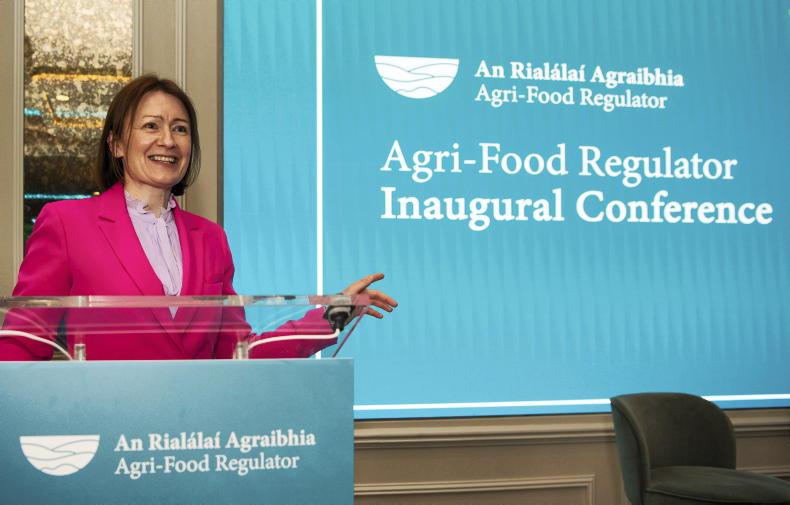
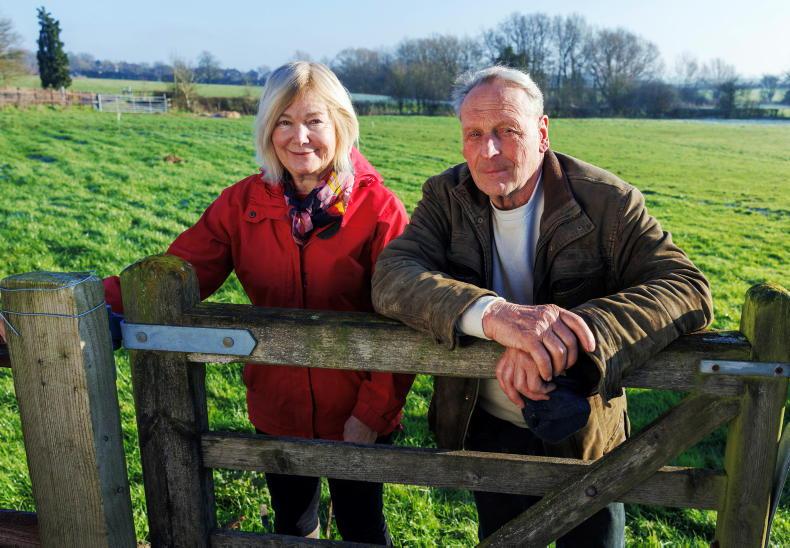

SHARING OPTIONS